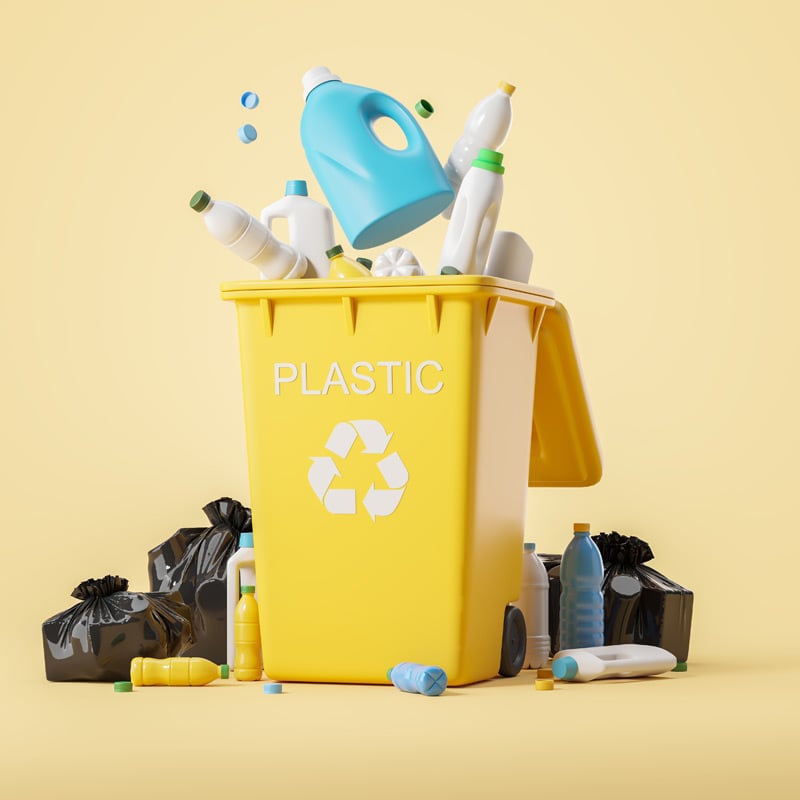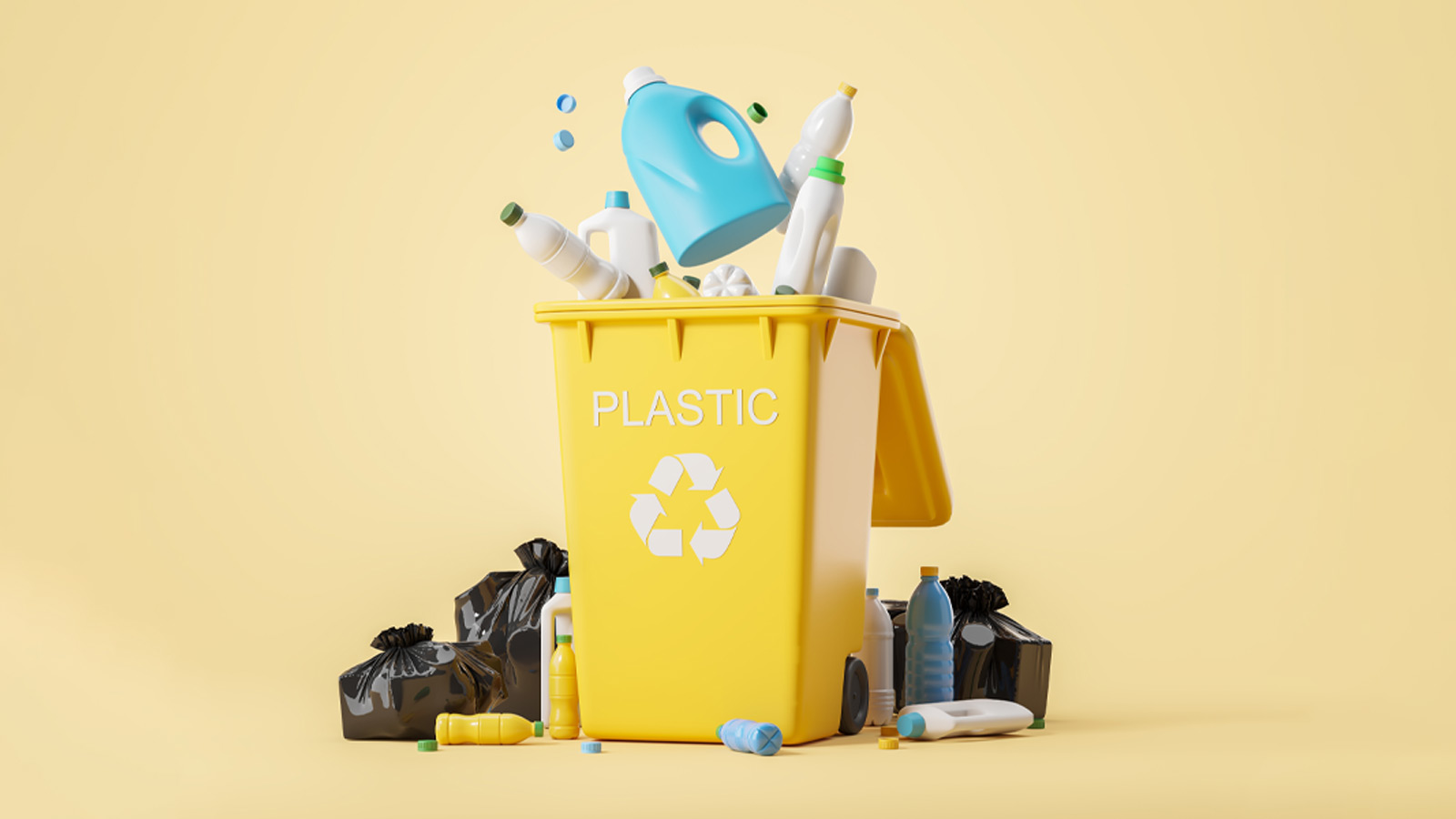As of January 1, 2024, the Dutch Plastic Pact ended. This pact contained goals regarding the recycling of plastics, with the aim of recycling 70% of all plastics by 2024. In this blog, we discuss the current developments and list the disadvantages and advantages of plastics.
Although the Plastic Pact encouraged many companies to adopt more sustainable packaging methods, its effectiveness is disappointing. By 2022, only 46% of all plastic was recycled, well below the target. Fewer and fewer companies reported on commitments made. Increasing doubts about collaborations also led to the withdrawal of many participants from the Plastic Pact. With the final end of the Plastic Pact, the question arises: what is plastic really and why is it so important that we use plastic differently?
The big disadvantage of plastic
Despite having many benefits, plastic is one of the most controversial materials when it comes to sustainability. This is because the material does not break down easily in nature and therefore can be harmful to the environment. Because plastic does persist for hundreds or even thousands of years, the waste can lead to pollution. Thus, it is important that plastic be properly disposed of.
The environmental impact of SUP and disposable plastics
Single Use Plastics (SUP) and disposable plastics are designed for single use. Every day in the Netherlands, 19 million cups and food containers containing plastic are thrown away after single use. This brings many challenges and problems. Globally, we experience how these plastics affect the environment and public health in a serious way.
Public health risk
Plastic waste can break down into microplastics: tiny particles of plastic. As marine animals eat these particles, they eventually enter our food chain. Microplastics are found in oceans, rivers, soils and even the air we breathe. Exposure to microplastics is causing increasing concern about the potential health risks it poses. Research into these risks is ongoing.
Impact on resources
Plastic production requires significant amounts of energy and resources. Mining, transporting and processing them contributes to the depletion of natural resources and causes ecological damage. The production of SUP and disposable plastics also involves the emission of greenhouse gases, such as carbon dioxide and methane.
Advantages of plastic
Plastic, of course, would not be used so much if it did not offer great advantages. Plastic is cheap to produce. In addition, it is relatively lightweight. Also, the material is so malleable and malleable that it can be used for a wide variety of applications.
In addition, plastic packaging protects food from spoilage. Thus, plastic helps address food waste.
Plastic basically a sustainable product because it lasts an incredibly long time. Of course, longevity is a big issue when it comes to the impact on our ecosystems and the environment. The issue is to turn this around and take advantage of the longevity of the material and use this advantage in the right way.
The point is precisely to take advantage of the longevity of plastics.
Legislation and awareness around plastic use
Legislation plays an important role in regulating the use, production and recycling of plastics. The central government has taken several measures to prevent plastic waste. Read more about the regulations surrounding disposable plastic and SUP here. Furthermore, there is an Extended Producer Responsibility (UPV), which states that companies are responsible for the waste management of their products.
Awareness: Plastic Pact
The ministry created the Plastic Pact in 2019 to raise awareness about reducing plastic pollution. Despite the earlier impact, many companies have recently decided to stop cooperation and agreements from the pact. This seems worrying. Fortunately, the EU is currently developing legislation, the Packaging and Packaging Waste Directive (PPWD), which requires a certain percentage of recycled material in plastic packaging. Recycling techniques are also constantly being improved.
Milgro: keeping plastic in the chain
Milgro believes that we can benefit more strongly from the sustainable properties of plastic. Especially now that the demand for plastic will only increase in the near future. A number of factors are important in this:
- Minimal wear: put plastics where they can last, with minimal wear to ensure a long life.
- When manufacturing with plastics, choose a mono-composition.
- Make sure you know about recycling at end-of-life and check that current recycling processes can handle the product and guarantee high-quality recycling.
- When purchasing, choose recyclate instead of virgin plastic raw materials, even if it is more expensive. The price of virgin material does not reflect its true cost; in terms of the environment, it ultimately proves to be the more expensive option.
Since plastic comes mainly from non-renewable resources, a responsible approach on its use and reuse is necessary. This way we do not deplete the earth, and preserve the value of this precious resource in the chain.
Stay informed
Stay up to date on all new developments? Follow us on LinkedIn or Instagram. Or subscribe to the newsletter. Are you curious about what Milgro can do for your operations and waste process? Contact us







